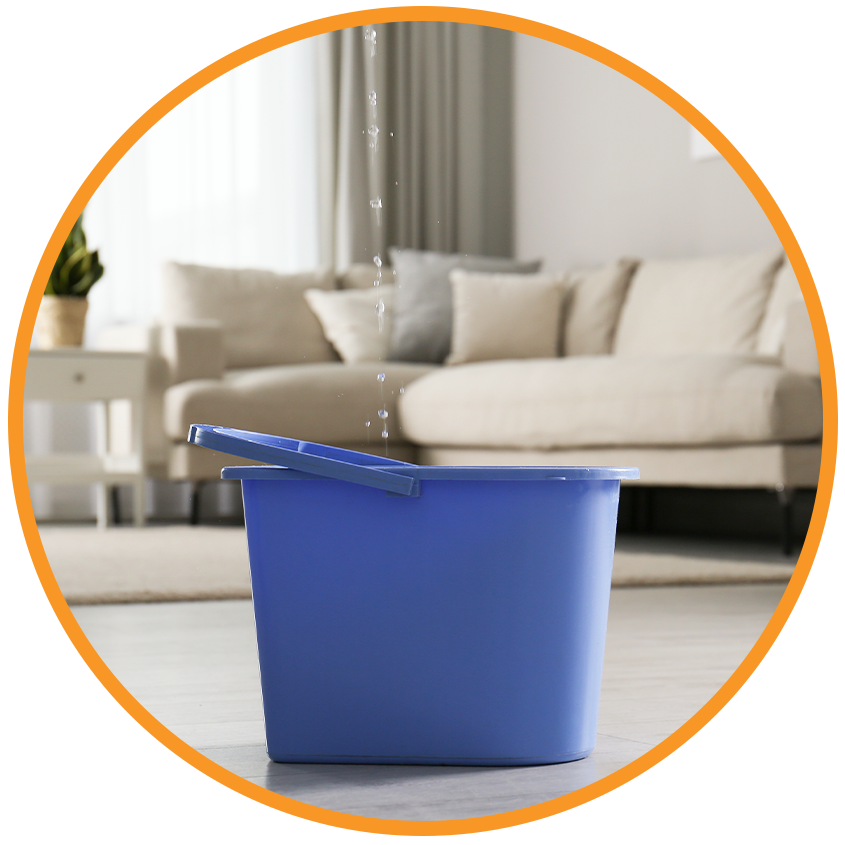The Evolution of Graphic Design: From Print to Digital
You’ve witnessed the profound transformation of graphic design, from the tactile nature of print to the boundless possibilities of the digital domain. You’ve seen typography evolve from Johannes Gutenberg’s movable-type printing press to the emergence of various typefaces and illustrations in print. With the advent of computers, design automation, and user-friendly software, the focus shifted from manual typesetting to concept development. As you explore this evolution, you’ll discover how graphic design continues to innovate and push boundaries. For an exclusive look at how digital aesthetics are shaping industries beyond design—such as luxury hospitality and online gaming—accede a los mejores bonos con depósito 100 and explore the latest trends at Elcotidianoenlinea.

The Dawn of Graphic Design: Early Beginnings in Print
As you explore the history of graphic design, it becomes clear that its roots are inextricably linked to the art of printing.
You discover that the dawn of graphic design was marked by the evolution of typography, with innovators like Johannes Gutenberg pioneering the movable-type printing press. This breakthrough enabled mass production of printed materials, making books, posters, and other written works more accessible to the masses.
As print techniques improved, so did the art of graphic design. You see the development of various typefaces, from serif to sans-serif, and the emergence of illustration and graphics in printed materials.
The early beginnings of graphic design in print laid the foundation for the industry’s future growth, shaping the way visual messages would be communicated for centuries to come.
The Digital Revolution: How Computers Changed the Game
While the art of graphic design was thriving in print, a new era was unfolding with the advent of computers. You find yourself at the forefront of a revolution, where traditional design methods are being transformed by technology.
Computers aren’t just tools – they’re catalysts for change. With digital interfaces at your fingertips, you’re now able to experiment with novel visual representations and push boundaries like never before.
Design automation allows for faster production and more efficient workflows. Your focus shifts from manual typesetting to concept development, freeing you to tap deeper into your creative potential.
The fusion of art and technology is liberating graphic design from traditional constraints, enabling you to explore uncharted territories and redefine the field.
The Rise of Design Software: Empowering Creativity and Innovation
One game-changing development in the evolution of graphic design is the emergence of specialized design software. You now have a multitude of tools at your fingertips, making design accessibility a reality for everyone.
With user-friendly interfaces and cloud-based tools, you can collaborate with others in real-time, facilitating creative collaboration and streamlining your workflow.
Software integration allows you to work seamlessly across multiple platforms, while mobile applications provide the flexibility to design on-the-go.
The rise of design software has also paved the way for exciting innovations like augmented reality and design automation.
These advancements haven’t only transformed the industry but also empowered you to push the boundaries of your creativity and bring your ideas to life in ways that were previously unimaginable.
Beyond the Screen: Exploring New Frontiers in Graphic Design
How far can graphic design expand beyond traditional digital mediums?
You’re pushing the boundaries by creating immersive experiences through interactive installations that captivate and inspire.
Sustainable design is becoming increasingly important, and you’re incorporating eco-friendly principles into your work.
Generative aesthetics are also on the rise, as you use algorithms and AI to produce unique, futuristic designs.
Augmented reality is another exciting area, allowing you to blend the physical and digital worlds.
Your motion graphics skills are being used to enhance user experience in innovative ways.
Through cross-disciplinary collaboration, you’re bringing together diverse perspectives to fuel your creativity.
The possibilities are endless, and you’re driving the evolution of graphic design into uncharted territories, redefining what’s possible and expanding the medium’s potential.
The Future of Graphic Design: Trends, Challenges, and Opportunities
As the field of graphic design continues to evolve, you’re likely wondering what’s next.
You’re not alone in pondering the future of this creative industry. With the rise of digital technologies, you’re now expected to create designs that aren’t only visually appealing but also sustainable and socially responsible.
Sustainability practices are becoming increasingly important, and you’ll need to incorporate eco-friendly design solutions into your work. Meanwhile, artificial intelligence is changing the way you approach design, from automating repetitive tasks to generating new ideas.
As you look ahead, you’ll face challenges like adapting to new technologies and balancing creativity with data-driven design decisions.
However, these challenges also bring opportunities for growth, innovation, and making a positive impact on society through your designs.

